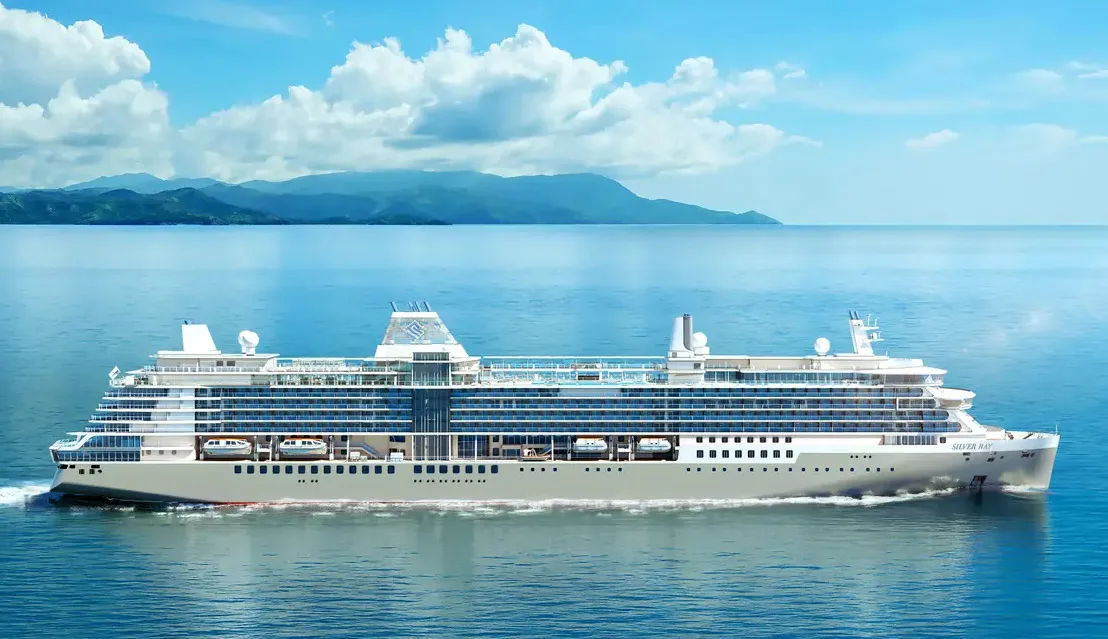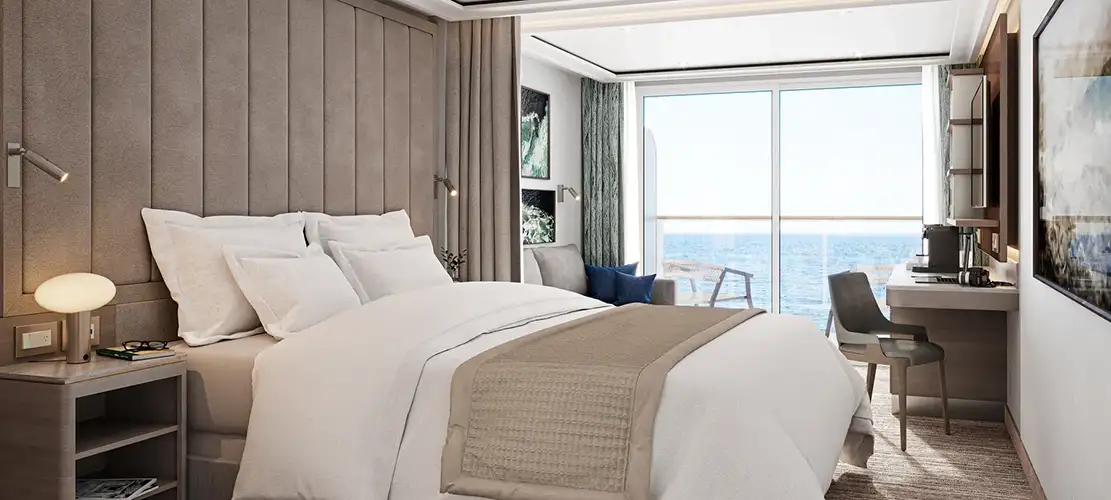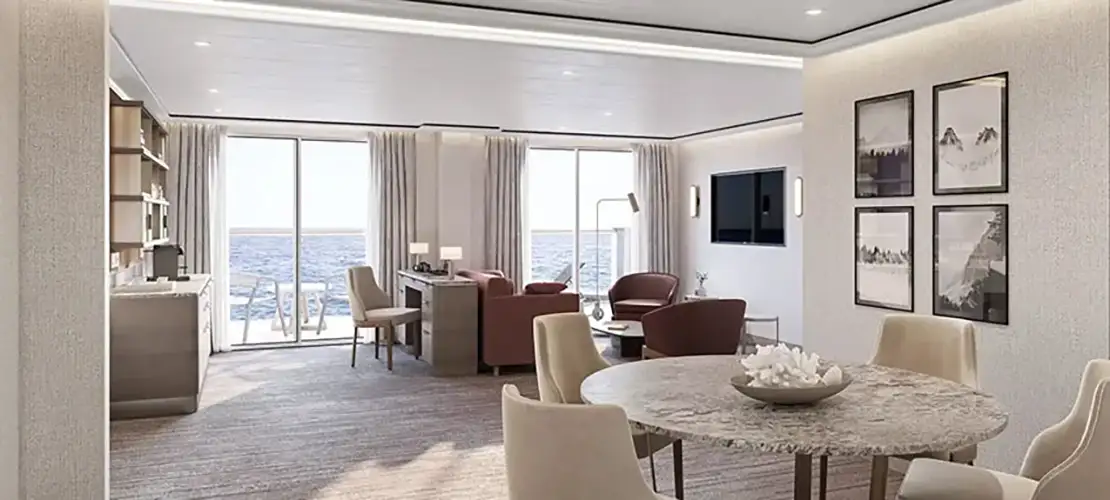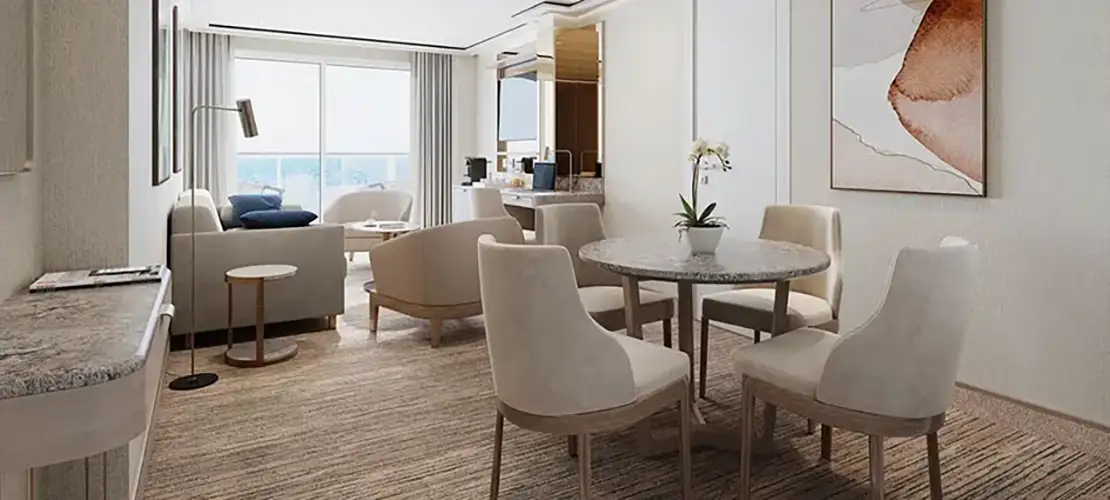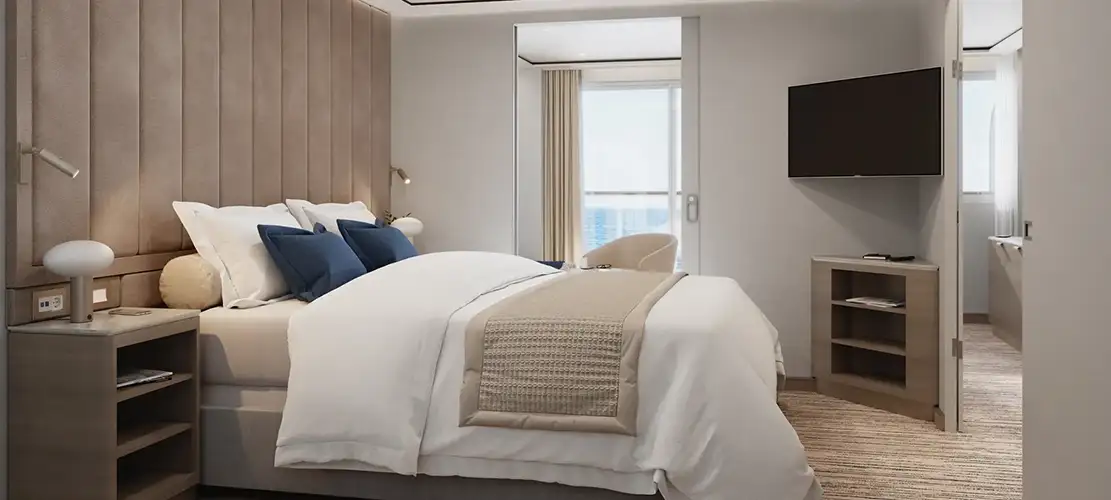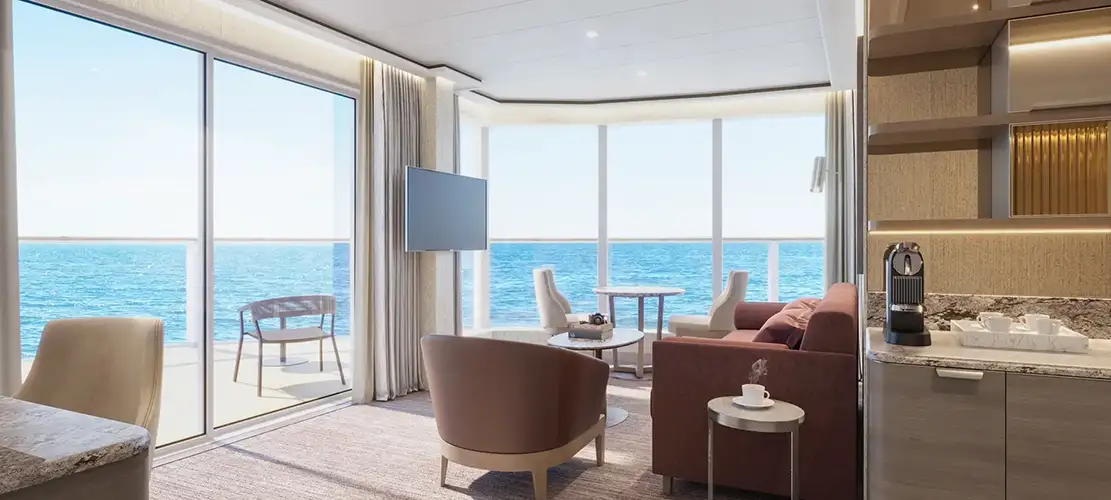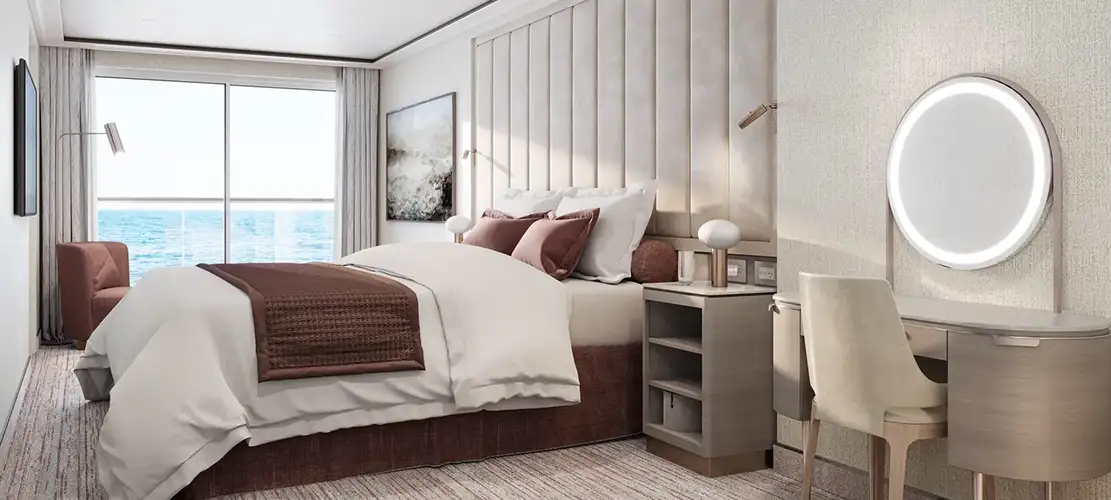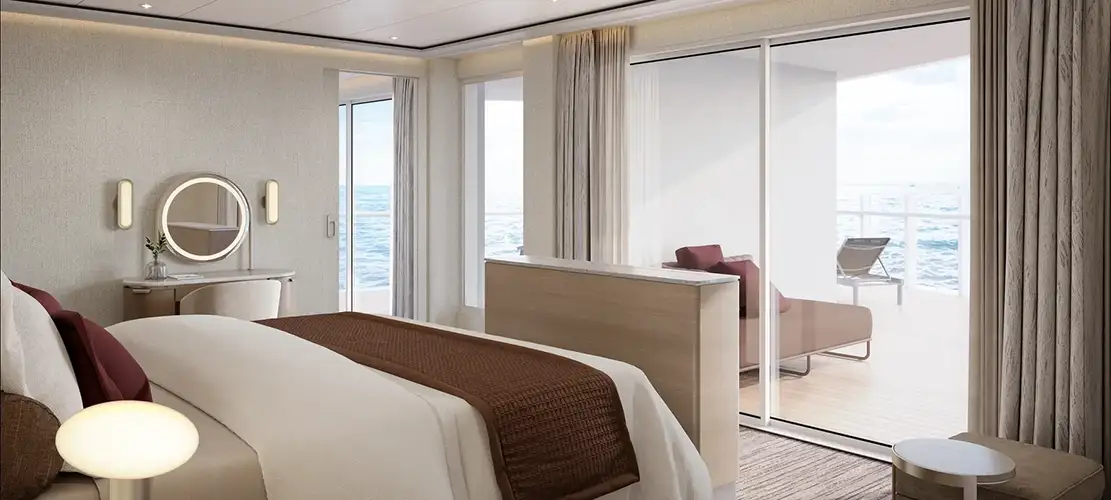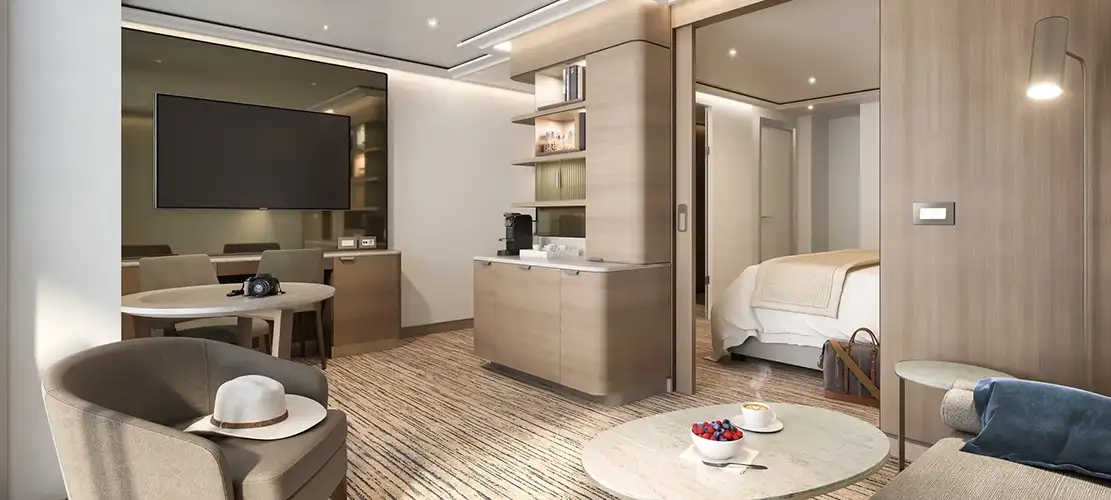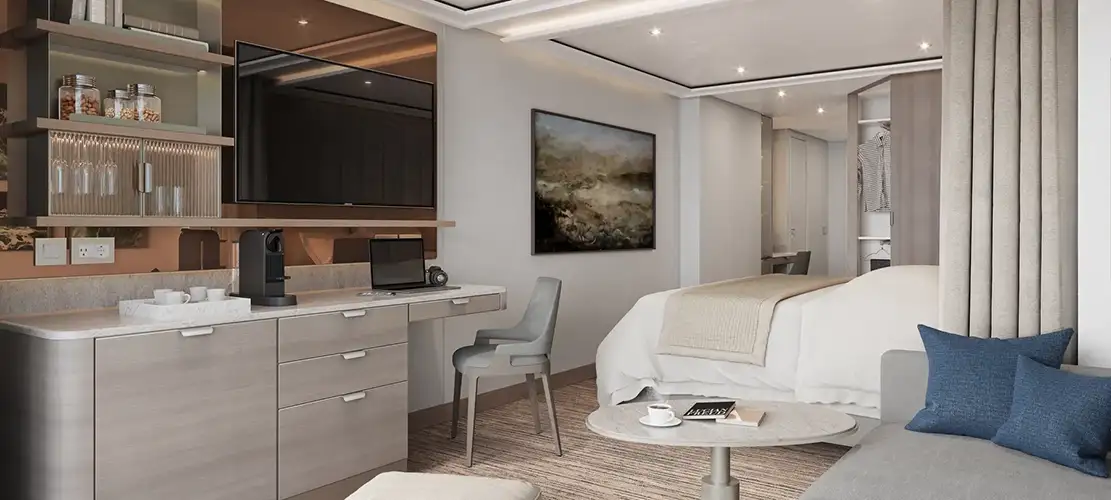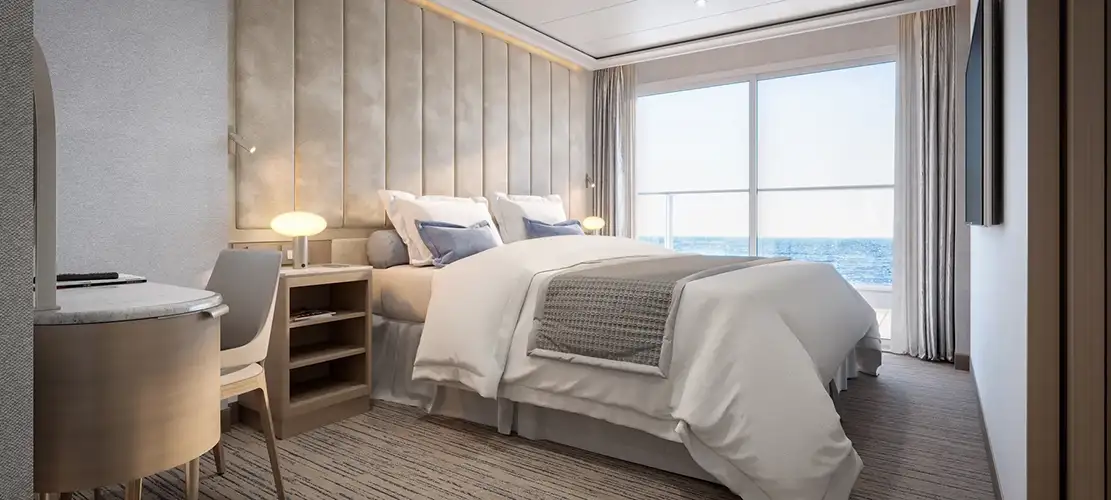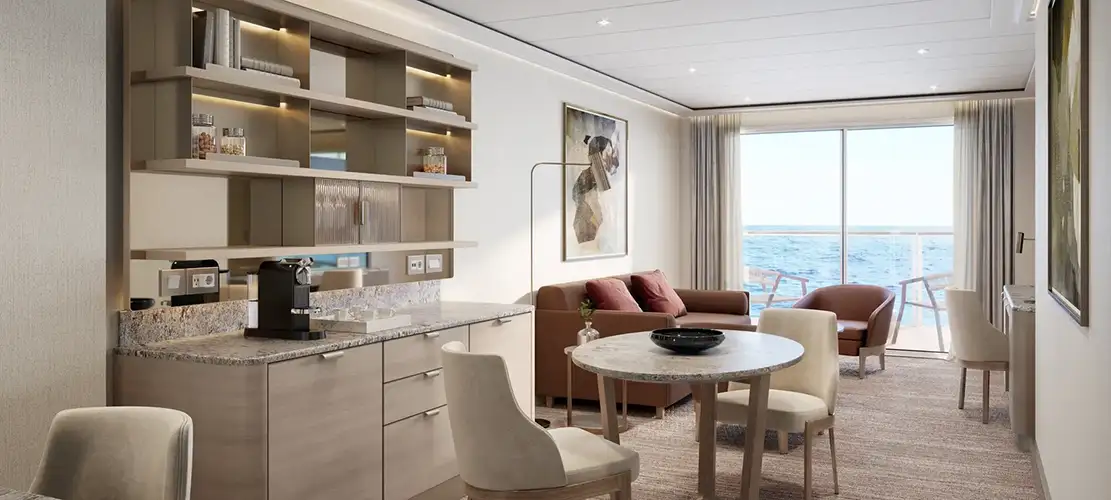10 nights from Buenos Aires (Argentina) with Silver Ray
South America: Argentina, Uruguay, Brazil
Enter the number of occupants and age to view cabin prices
Cruise itinerary
-
Friday 21 February 2025 - not foundBuenos Aires
-
Saturday 22 February 2025 not found - 06:00Buenos Aires
-
Sunday 23 February 2025 08:00 - 11:00Montevideo
-
Monday 24 February 2025 08:00 - 06:00Punta Del Este
-
Tuesday 25 February 2025navigation
-
Wednesday 26 February 2025navigation
-
Thursday 27 February 2025 07:00 - 04:00Balneario Camboriu
-
Friday 28 February 2025 09:00 - 08:00Ilhabela
-
Saturday 1 March 2025 08:00 - not foundRio de Janeiro
-
Sunday 2 March 2025 not found - not foundRio de Janeiro
-
Monday 3 March 2025 not foundRio de Janeiro
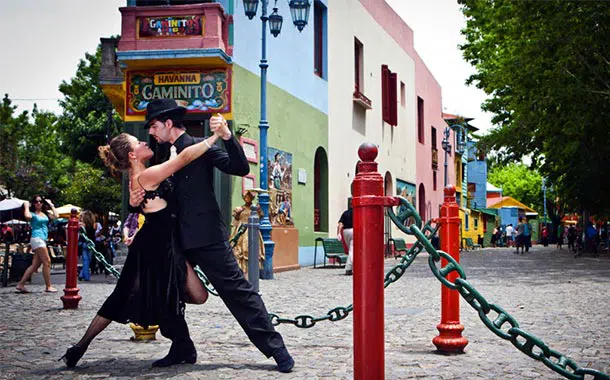
Buenos Aires
Rich History of Buenos Aires
Buenos Aires, the vibrant capital of Argentina, boasts a rich history that blends European elegance with Latin American passion. Founded in the early 16th century by Spanish conquistadors, the city has evolved into a cultural melting pot influenced by waves of immigration. From colonial architecture to tango music and art, Buenos Aires preserves its heritage while embracing modernity.
Pleasant Climate and Seasons
Buenos Aires enjoys a temperate climate with distinct seasons offering diverse experiences for visitors. Summers are warm and humid, perfect for exploring parks and outdoor cafes. Winters are mild, ideal for strolling through museums and historic neighborhoods. Spring and autumn bring pleasant temperatures, making it a great time to enjoy outdoor activities.
Top Attractions and Places to Visit in Buenos Aires
Buenos Aires is a city brimming with cultural landmarks and attractions. The iconic Plaza de Mayo is the heart of the city, surrounded by historic buildings like Casa Rosada and the Metropolitan Cathedral. Recoleta Cemetery is a must-visit for its elaborate mausoleums, while the colorful neighborhood of La Boca offers tango shows and street art. Don't miss the grand Teatro Colon for world-class opera and ballet performances.
Local Cuisine: Authentic Flavors of Buenos Aires
Buenos Aires is a paradise for food lovers, offering a mix of traditional Argentine dishes and international cuisine. Indulge in juicy steaks grilled to perfection, savory empanadas filled with meat or cheese, and decadent dulce de leche desserts. Sip on mate, Argentina's national drink, or enjoy a glass of Malbec wine from nearby vineyards. Visit local markets like San Telmo for fresh produce and artisanal products.
Embark on an Unforgettable Cruise from Buenos Aires
To elevate your Buenos Aires experience, consider booking a cruise departing from this bustling city. Cruises from Buenos Aires offer the opportunity to explore the stunning coastline of Argentina, visit exotic destinations like Patagonia or Antarctica, and witness breathtaking natural wonders. Booking a cruise from Buenos Aires guarantees unforgettable moments and a unique perspective on South America's beauty from the sea.

Buenos Aires
Rich History of Buenos Aires
Buenos Aires, the vibrant capital of Argentina, boasts a rich history that blends European elegance with Latin American passion. Founded in the early 16th century by Spanish conquistadors, the city has evolved into a cultural melting pot influenced by waves of immigration. From colonial architecture to tango music and art, Buenos Aires preserves its heritage while embracing modernity.
Pleasant Climate and Seasons
Buenos Aires enjoys a temperate climate with distinct seasons offering diverse experiences for visitors. Summers are warm and humid, perfect for exploring parks and outdoor cafes. Winters are mild, ideal for strolling through museums and historic neighborhoods. Spring and autumn bring pleasant temperatures, making it a great time to enjoy outdoor activities.
Top Attractions and Places to Visit in Buenos Aires
Buenos Aires is a city brimming with cultural landmarks and attractions. The iconic Plaza de Mayo is the heart of the city, surrounded by historic buildings like Casa Rosada and the Metropolitan Cathedral. Recoleta Cemetery is a must-visit for its elaborate mausoleums, while the colorful neighborhood of La Boca offers tango shows and street art. Don't miss the grand Teatro Colon for world-class opera and ballet performances.
Local Cuisine: Authentic Flavors of Buenos Aires
Buenos Aires is a paradise for food lovers, offering a mix of traditional Argentine dishes and international cuisine. Indulge in juicy steaks grilled to perfection, savory empanadas filled with meat or cheese, and decadent dulce de leche desserts. Sip on mate, Argentina's national drink, or enjoy a glass of Malbec wine from nearby vineyards. Visit local markets like San Telmo for fresh produce and artisanal products.
Embark on an Unforgettable Cruise from Buenos Aires
To elevate your Buenos Aires experience, consider booking a cruise departing from this bustling city. Cruises from Buenos Aires offer the opportunity to explore the stunning coastline of Argentina, visit exotic destinations like Patagonia or Antarctica, and witness breathtaking natural wonders. Booking a cruise from Buenos Aires guarantees unforgettable moments and a unique perspective on South America's beauty from the sea.
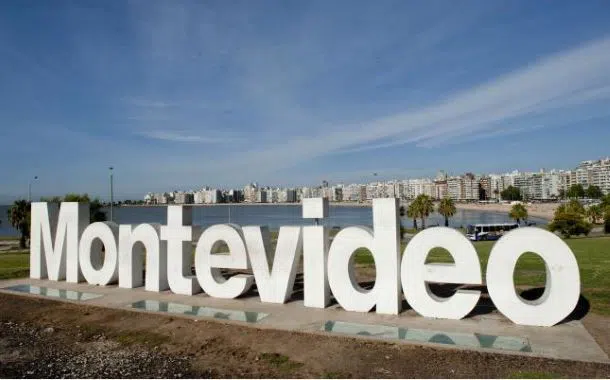
Montevideo
Montevideo is the capital of Uruguay and is very fascinating city. The best way to visit the ciudad vieja is by foot to discover its promenades and the buildings. Plaza de Independencia is the most famous building of the city, with its 33 palms in memory of the National heroes and it is between the ciudad vieja and the city centre. Near the square there are some of the most important buildings, such as Teatro Solis, in neoclassical style. Montevideo offers many attractions for your relaxation and leisure. The port market offer any kind of typical products, from vegetables to the famous asado. The city also has a strong football tradition. The stadium is a Historical Monument of Football. The 1930 world cup took place here. If you love good wine, you can taste the varieties produced in this area of South America. The wine production is fruitful thanks to the favourable climate. You can visit many wine cellars or enjoy a tour dedicated to the varieties of wines. Montevideo is a touristic destination especially during the winter, when the climate is perfect for visiting the city.
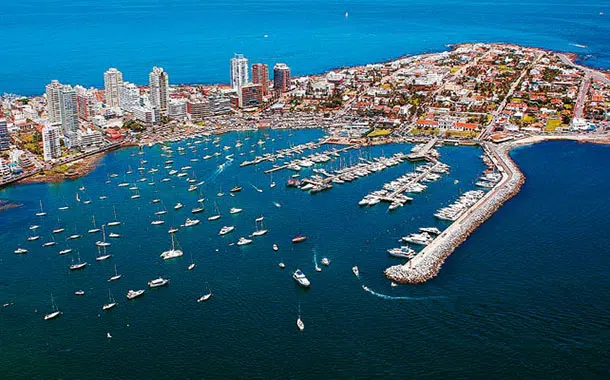
Punta Del Este

Balneario Camboriu
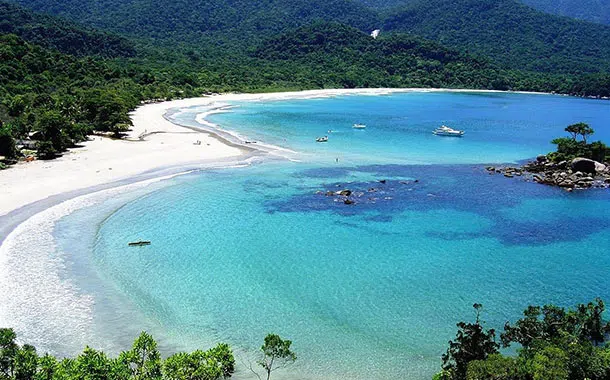
Ilhabela
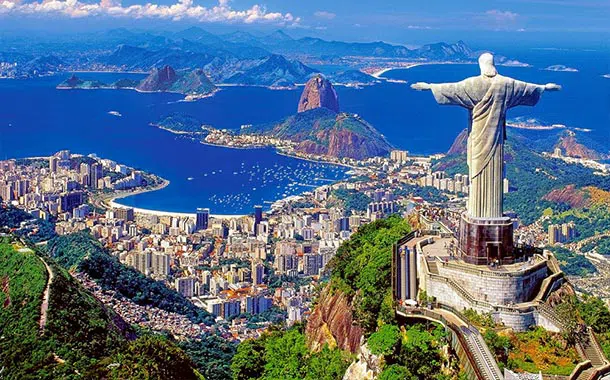
Rio de Janeiro
Rio de Janeiro (whose name means January River in Portoguese) is a city in Brazil and the capital of the homonymous confederate state. Its population is almost 6,186,710 inhabitants (according to 2009 IBGE census), and its surface is 1,256 km2 while the population in the metropolitan area is almost 12 million habitants. Rio is the Brazil's second largest city after São Paulo and it was the capital of the state from 1763 until 1960, after Salvador da Bahia and before Brasilia.
The city is famous for its tourist attractions including: the beaches of Copacabana and Ipanema, Art Nouveau statue of Jesus called Cristo Redentor located on Mount Corcovado, the Pão de Açúcar (Sugar Loaf) with its cable car, and its annual carnival, the most famous in the world. In Rio de Janeiro there is the largest forest within an urban area, theTijuca forest.

Rio de Janeiro
Rio de Janeiro (whose name means January River in Portoguese) is a city in Brazil and the capital of the homonymous confederate state. Its population is almost 6,186,710 inhabitants (according to 2009 IBGE census), and its surface is 1,256 km2 while the population in the metropolitan area is almost 12 million habitants. Rio is the Brazil's second largest city after São Paulo and it was the capital of the state from 1763 until 1960, after Salvador da Bahia and before Brasilia.
The city is famous for its tourist attractions including: the beaches of Copacabana and Ipanema, Art Nouveau statue of Jesus called Cristo Redentor located on Mount Corcovado, the Pão de Açúcar (Sugar Loaf) with its cable car, and its annual carnival, the most famous in the world. In Rio de Janeiro there is the largest forest within an urban area, theTijuca forest.

Rio de Janeiro
Rio de Janeiro (whose name means January River in Portoguese) is a city in Brazil and the capital of the homonymous confederate state. Its population is almost 6,186,710 inhabitants (according to 2009 IBGE census), and its surface is 1,256 km2 while the population in the metropolitan area is almost 12 million habitants. Rio is the Brazil's second largest city after São Paulo and it was the capital of the state from 1763 until 1960, after Salvador da Bahia and before Brasilia.
The city is famous for its tourist attractions including: the beaches of Copacabana and Ipanema, Art Nouveau statue of Jesus called Cristo Redentor located on Mount Corcovado, the Pão de Açúcar (Sugar Loaf) with its cable car, and its annual carnival, the most famous in the world. In Rio de Janeiro there is the largest forest within an urban area, theTijuca forest.
